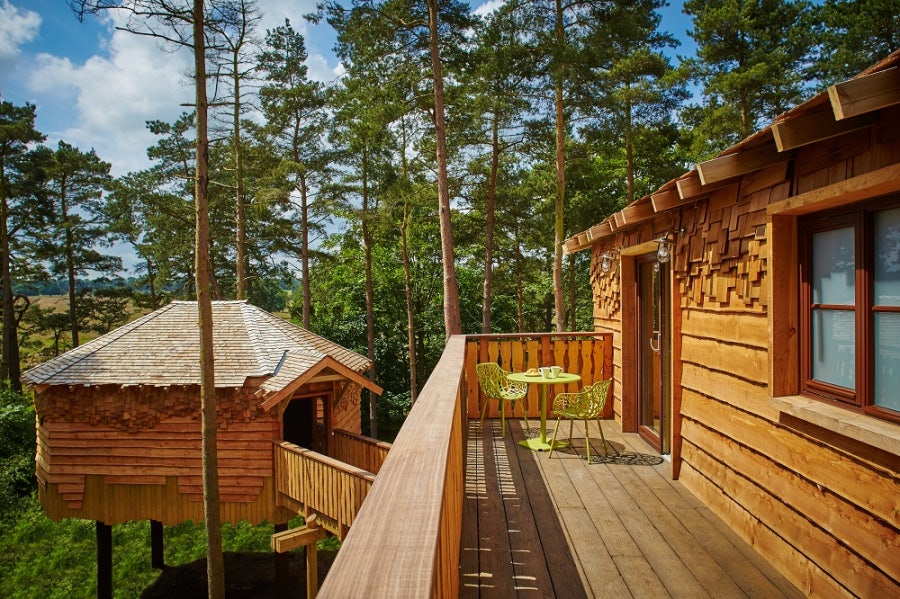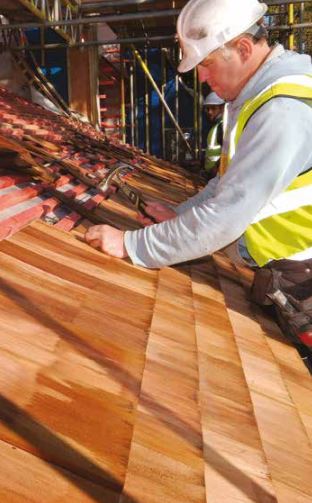Installing cedar shingles is a fairly simple, novice DIY job that makes the perfect project to prep an outbuilding or a good, sturdy solution to fix an ageing roof. All you need to get started is a waterproof membrane, nails or staples, a nail or staple gun, and cedar shingles. You may need to replace the batten or counter batten if this looks rotten or mouldy, and it’s definitely best to get that job out of the way before fixing brand new shingles to them. Cedar shingles are suited to outbuildings, shed roofs and all types of domestic projects just as much as they’re suited to large-scale cladding and roofing projects. We recommend hiring a professional for anything larger than a domestic roofing project.
Table of contents:
What you need:
- Cedar shingles
- Waterproof breather membrane
- Nails or staples
- Nail gun or staple gun
- Replacement battens (optional)
How to fix cedar shingles
First things first, swap out old, rotten timber battens should you need to. Once this is done, regardless of replacing the battens, install a waterproof membrane under the battens.
Step one: Start off with a double eaves course of shingles, leaving a minimum overhang of 38mm. Maintain a broken bond pattern whilst nailing or stapling each shingle twice.
Step two: When shingles are laid mark the position of the batten underneath, so you can achieve the most accurate fixing location when nailing and stapling. This will also aid in a straight line of fixings to improve the final look.
Step three: Lay courses of shingles up the roof gradually until you get to the ridge.
Step four: At the ridge, trim each shingle to create a shortened ridge course and then fix each shingle along the ridge twice.
Step five: Use pre-formed shingle ridge tiles and, nailing twice, fix these into place with a minimum overlap that is the same as the shingle gauge on the roof covering. When installing ridge and hip shingles, work inwards from the edges.
Top-tip: Use a waterproof membrane under the batten and counter batten to make sure the roof doesn’t leak.














